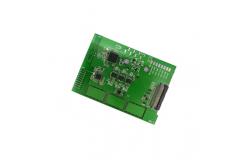Rigid Flex Printed Circuit Board Design Peelable High Tg FR4 Flexible Pcb Design
|
|
Printed Circuit Board Design Rigid-Flex Boards Peelable High - Tg FR4
Printed Circuit Board Design Description: The PCB assembly we produce includes rapid turn prototype PCB assembly, SMT/SMD assembly, through-hole assembly, hybrid technology (SMT/through-hole), turnkey assembly, consignment assembly, etc. They are widely used in industrial control, medical care, automotive electronics, communications, and the Internet. SMT, post welding, assembly to testing one-stop service supports flexible supply.
The earliest use of printed circuit boards is paper-based copper-clad printed boards. Since the advent of semiconductor transistors in the 1950s, the demand for printed boards has risen sharply. Especially with the rapid development and wide application of integrated circuits, the volume of electronic equipment is getting smaller and smaller, and the circuit wiring density and difficulty are getting bigger and bigger, which requires the printed board to be updated continuously. At present, the variety of printed boards has developed from single-sided to double-sided, multi-layer boards and flexible boards; the structure and quality have also developed to ultra-high density, miniaturization, and high reliability. |
||||||||||||||||||||||||||||||||||
| Product Tags: TU872 Printed Circuit Board Design Peelable RCC Printed Circuit Board Design Peelable High Tg FR4 Flexible Pcb Design |
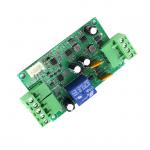
|
Multilayer Printed Circuit Board Design Immersion Gold OSP Pcb Design |
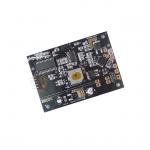
|
Carbon Ink Pcb Board Design Flexible Multilayer Pcb Design For Electronics |
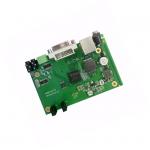
|
Blind Hole Plate Pcb Circuit Design Carbon Ink HASL Pcb Design And Manufacturing |
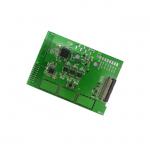
|
Rigid Flex Printed Circuit Board Design Peelable High Tg FR4 Flexible Pcb Design |
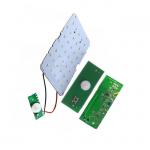
|
RCC Peelable Printed Circuit Board Design FPC Boards Electronic Pcb Design |
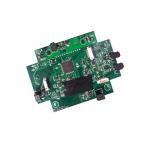
|
High Speed ISO Pcb Circuit Board Design HASL Pcb Design Manufacturing |

